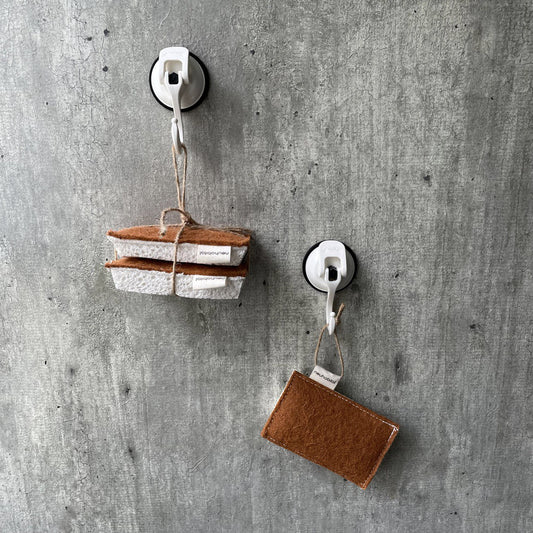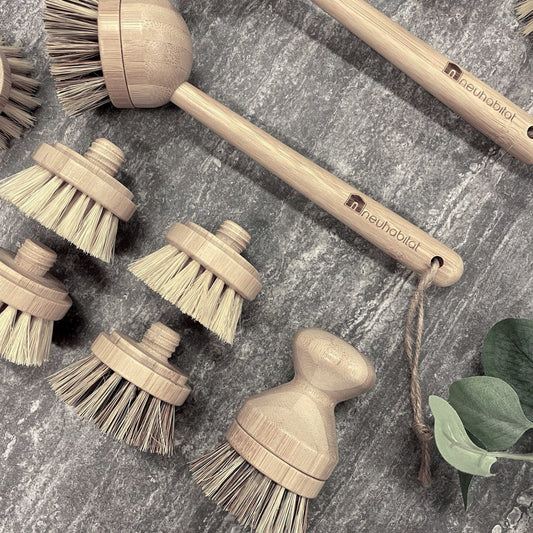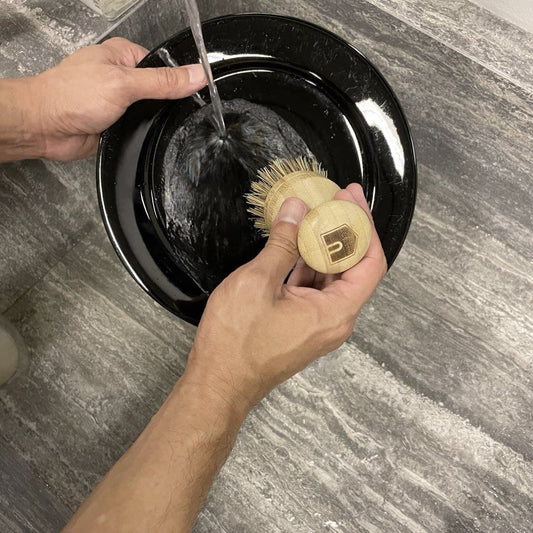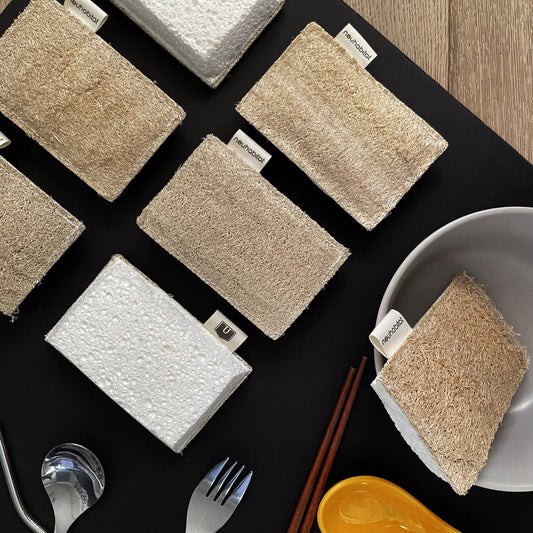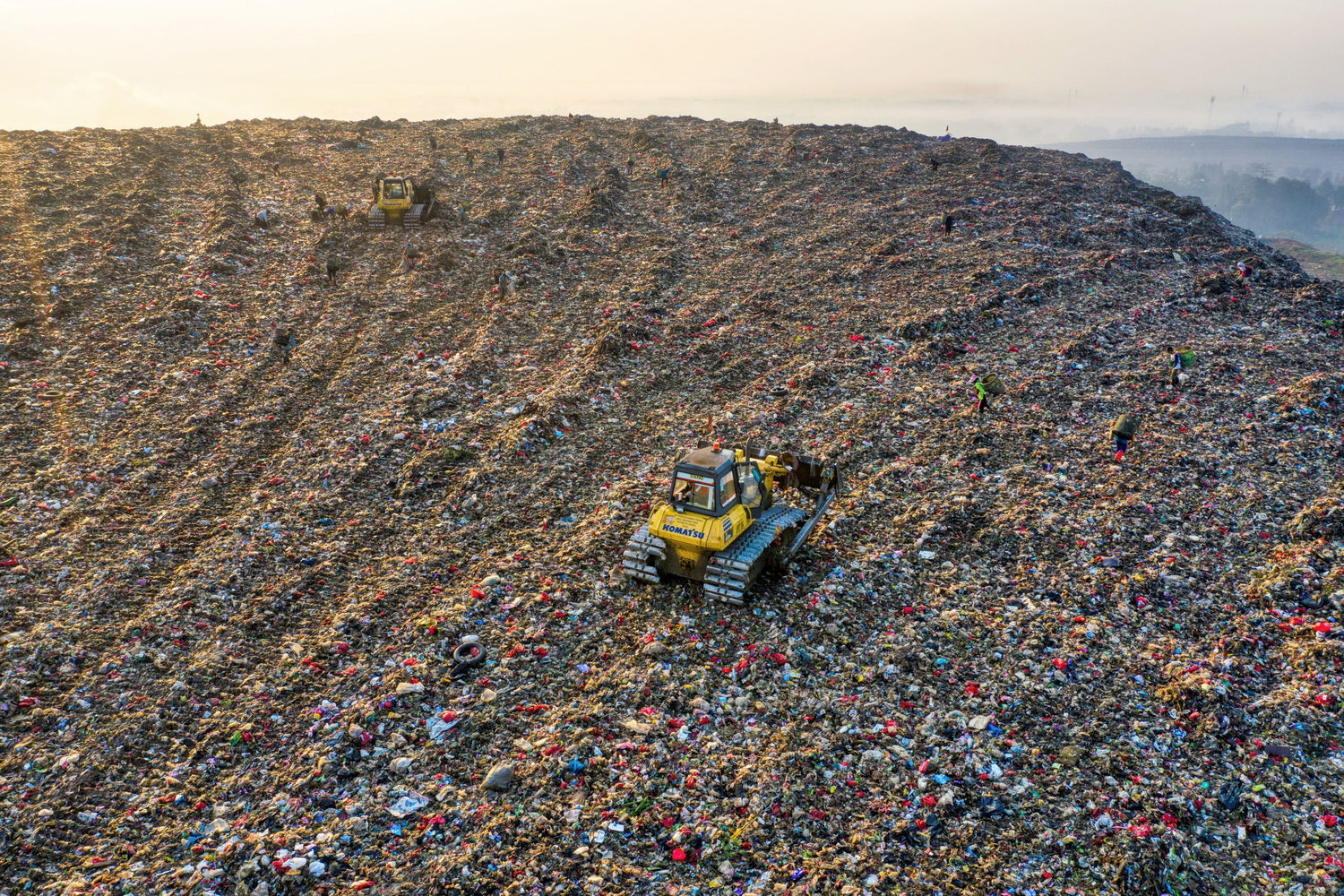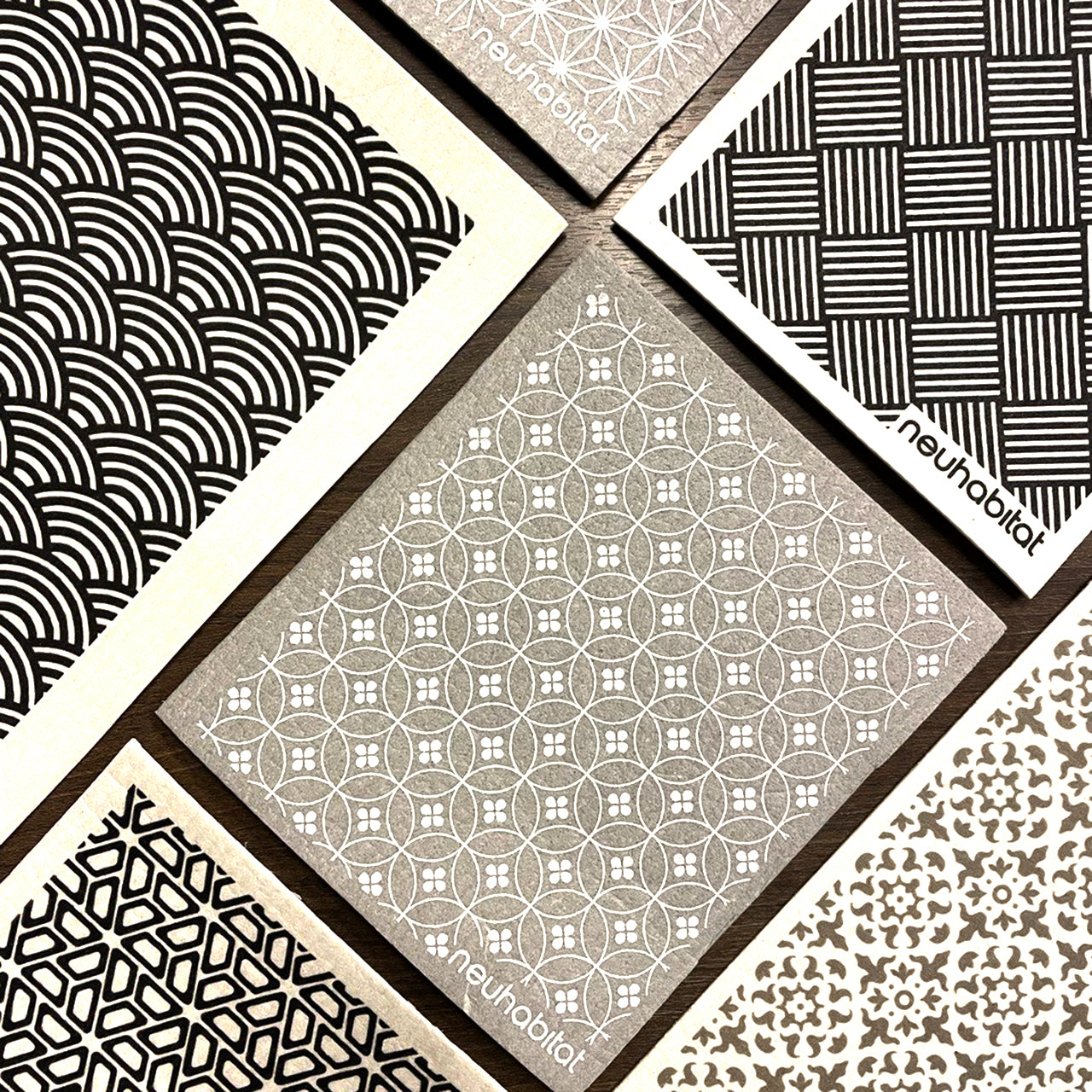It's all about cleaning up after ourselves and being good guests.
By cleaning responsibly, we can better manage resources and waste without harming our planet.
Featured products
-


Swedish Dishcloth (Nihon Collection) Super Absorbent Multi-Purpose Cleaning White Sponge Cloth
Regular price $4.50 SGDRegular priceUnit price per -
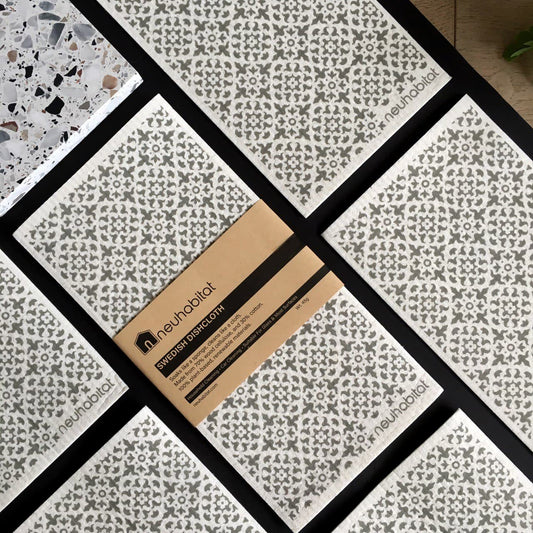

Swedish Dish Towel Biodegradable & Super Absorbent Multi-Purpose Cleaning White Sponge Towel
Regular price $5.90 SGDRegular priceUnit price per -
Swedish Dishcloth Eco Friendly Super Absorbent Biodegradable Compostable Multi-Purpose Cleaning Grey Sponge Cloth
Regular price $4.50 SGDRegular priceUnit price per -
Coir Cellulose Dishwashing Sponge Natural Cotton Stitched Plant-based Eco Friendly Coconut Fiber Scrubber Scouring Pads
Regular price $4.60 SGDRegular priceUnit price per -
Bamboo Long & Knob Handle Cleaning Brush Set Sisal Palm Fiber Scrubber Interchangeable Detachable Replacement Head
Regular price From $4.20 SGDRegular priceUnit price per -
Extra Large Swedish Dishcloth With Eyelet Biodegradable & Super Absorbent Multi-Purpose Cleaning White Sponge Cloth
Regular price $8.90 SGDRegular priceUnit price per -
Loofah Cellulose Dishwashing Sponge Natural Cotton Stitched Plant-based Eco Friendly Luffa Scrubber Scouring Pads
Regular price $4.60 SGDRegular priceUnit price per
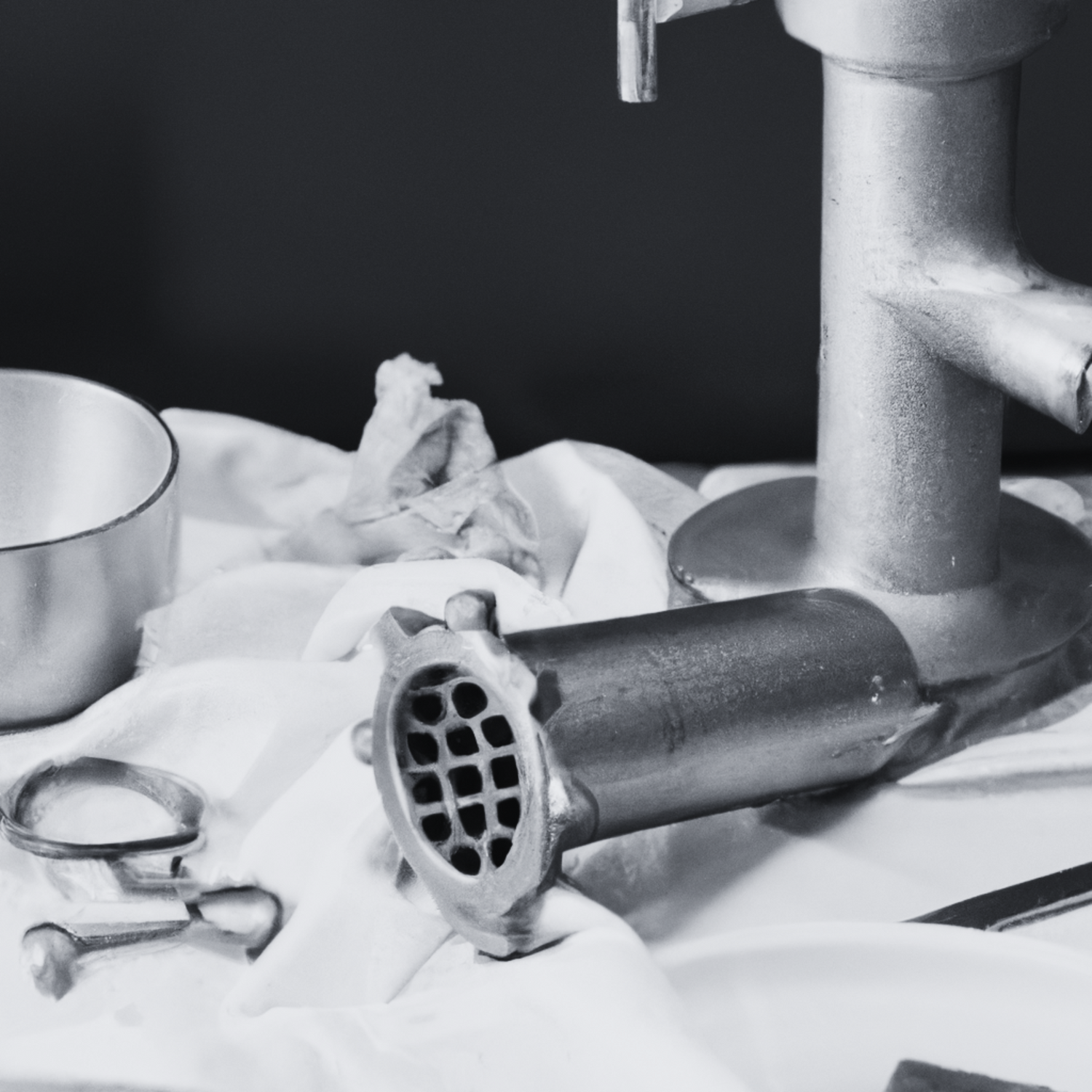
How was the sponge cloth created?
In 1949, a Swedish engineer by the name of Curt Lindquist was repulsed by the traditional rag which was ineffective and unhygienic. In the process, he set out to create a cleaning cloth that also behaved like a sponge. The first sponge cloth was created in the 1950s after Curt Lindquist put a sponge in a meat grinder, flattened it out, and mixed it with cotton and binders. While it looked to be a simple construct, there were only two factories in the world that could produce the Swedish dishcloths using this specific and proprietary process; the original one in Sweden, the other in Germany.

Where do our sponge cloths come from?
Today, the Swedish dishcloth comes in many names, colors, sizes, and printed designs. Some may call it Euro dishcloth, while others, the Swedish sponge, but we like to simply call it sponge cloth (for practical reasons). At Neuhabitat, we procure our sponge cloths from Germany and have them printed and packed in China. We supply the sponge cloths in 3 sizes with various printed designs to suit specific needs in the kitchen or generally any home setting.
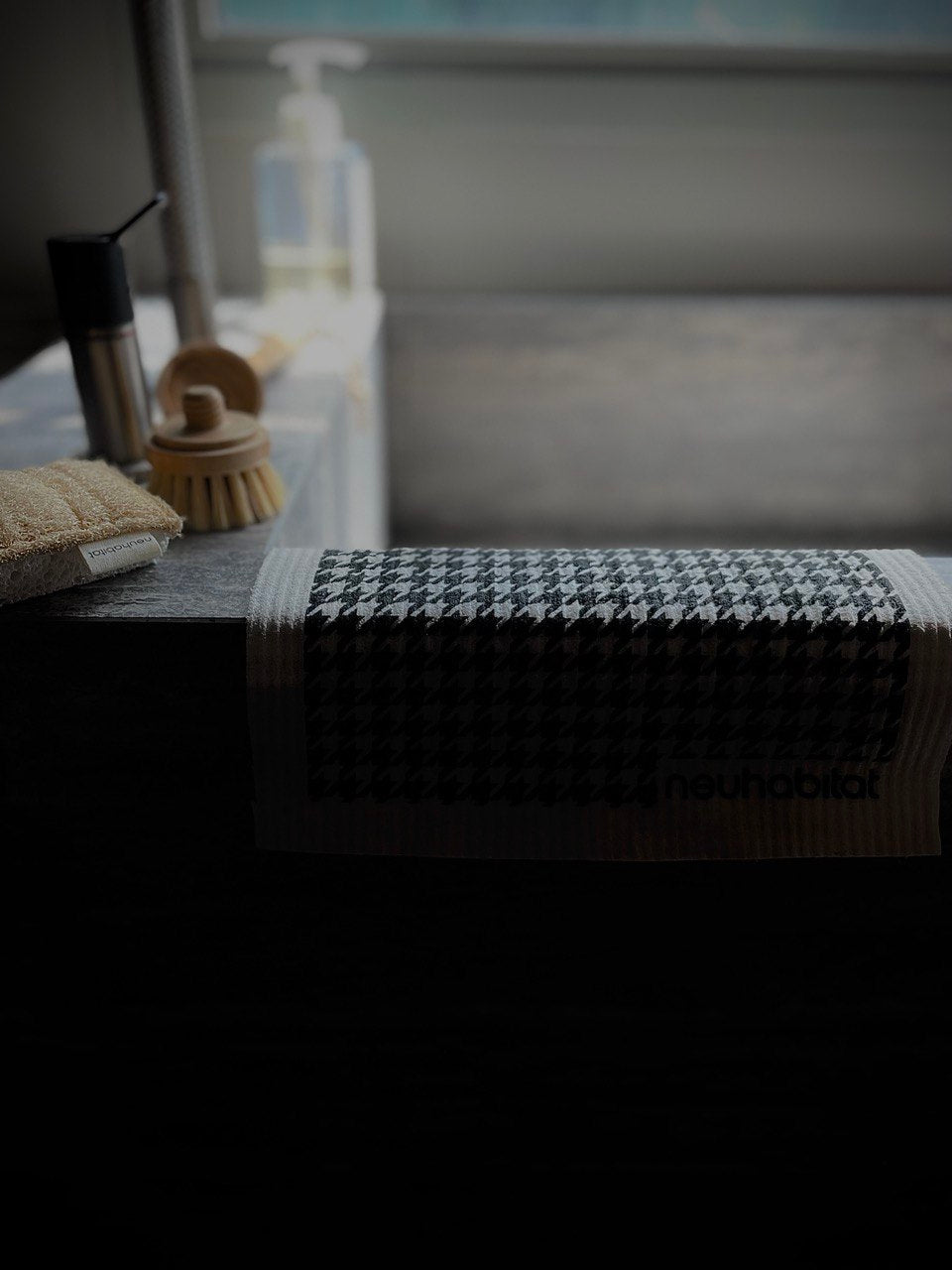
Why should you use our sponge cloths?
Our sponge cloths are a blend of 70 % cellulose and 30% cotton. This unique blend allows them to be 15 times more absorbent than a typical dishcloth or plastic sponge, which in fact is the most important aspect of our sponge cloth. Combining the properties of the paper towel and the sponge, whilst made from natural plant-based materials, such as wood pulp cellulose and recycled cotton fibers makes it a wonderful biodegradable, multipurpose cleaning product.
The sponge cloth absorbs 15 times its own weight in water and replaces the need for 15 rolls of paper towels. It is
highly absorbent and soaks up any kind of liquid, thus handling spills is like a breeze. While they are perfect kitchen towels, our sponge cloths can be used for cleaning much more than countertops and sinks.
For glass surfaces, using a sponge cloth instead of a wasteful paper towel, or a regular dishcloth, will not leave behind lint and streaks. Thus,
our sponge cloth is perfect for cleaning windows, mirrors, and glass shower doors.
You can also effectively use it with soap, water, or cleaners on appliances, glass, stainless steel, countertops, porcelain, plastic, marble, leather, and a slew of other areas and materials. As a superior substitute to wasteful paper products and environmentally unfriendly plastic sponges, it is more absorbent than a paper towel and dries faster than
a typical sponge. This leads to a reduce likelihood of smells and odours that are caused by bacteria build up. The biodegradability and absorbency of our sponge cloth makes it the most cost-effective household cleaning tool that is essential in any home.
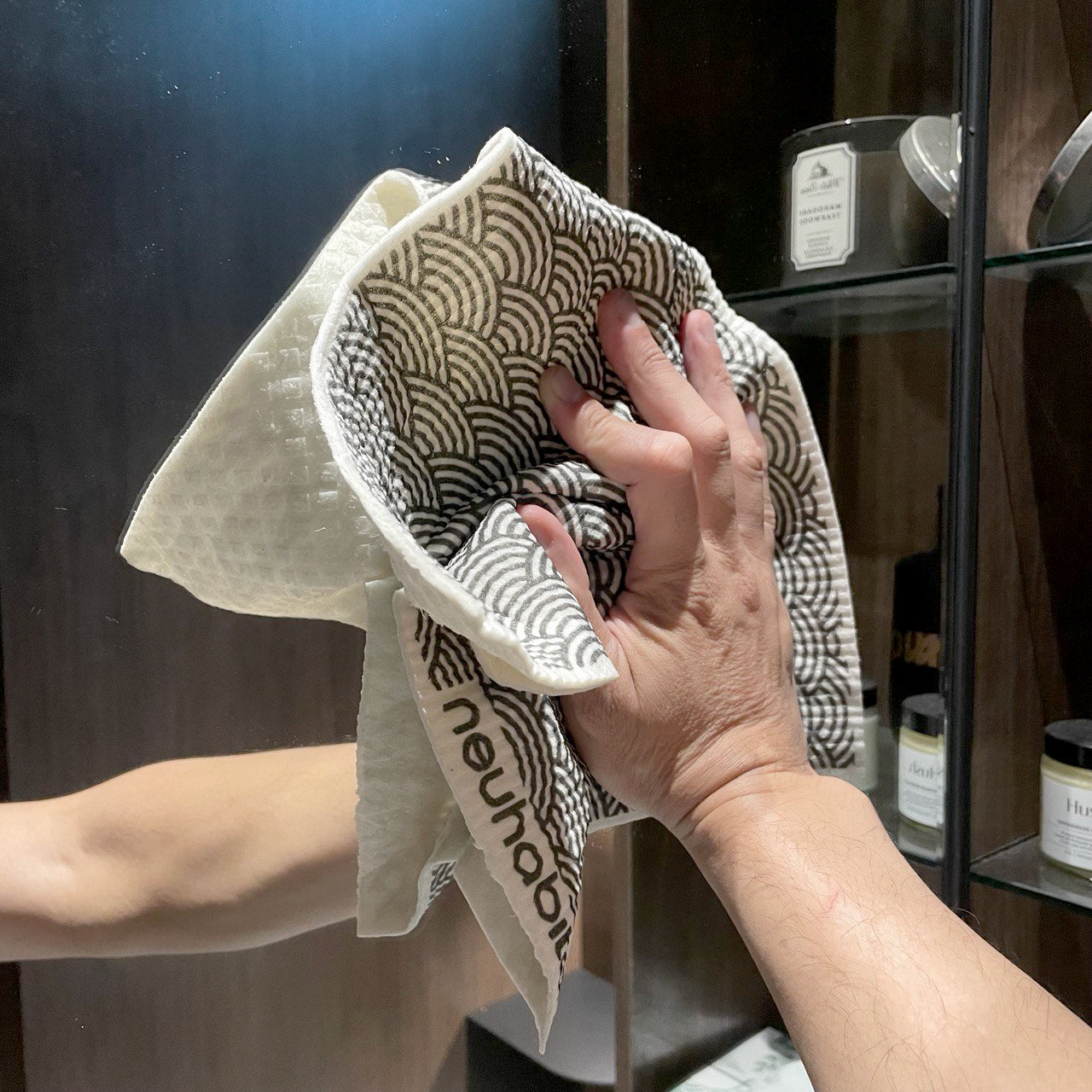
How should you use and care for our sponge cloths?
Just add water. Depending on how pliable you need your sponge cloth to be, you have control over how you want to use the sponge cloth with the amount of water added. For example, if it is completely dry, it is perfect for soaking up liquids, like juices and oils. When using with cleaning sprays, just spray the surface as normal, and wipe like you would when using a paper towel or other types cleaning cloths. Please do not use the sponge cloth on sharp items such as knives, or to clean graters, peelers, etc., to prevent damaging it.
These babies can last for months, or even years, depending upon how you use it, and how frequently you wash it. The sponge cloths can approximately withstand hundreds of washings and there are a few ways we would suggest:
If you are washing your sponge cloths in the washing machine, do allow them to air dry. The recommended washing temperature is approximately 60° C. If none of the above are applicable to you, just traditional hand washed sponge cloths with water works too!
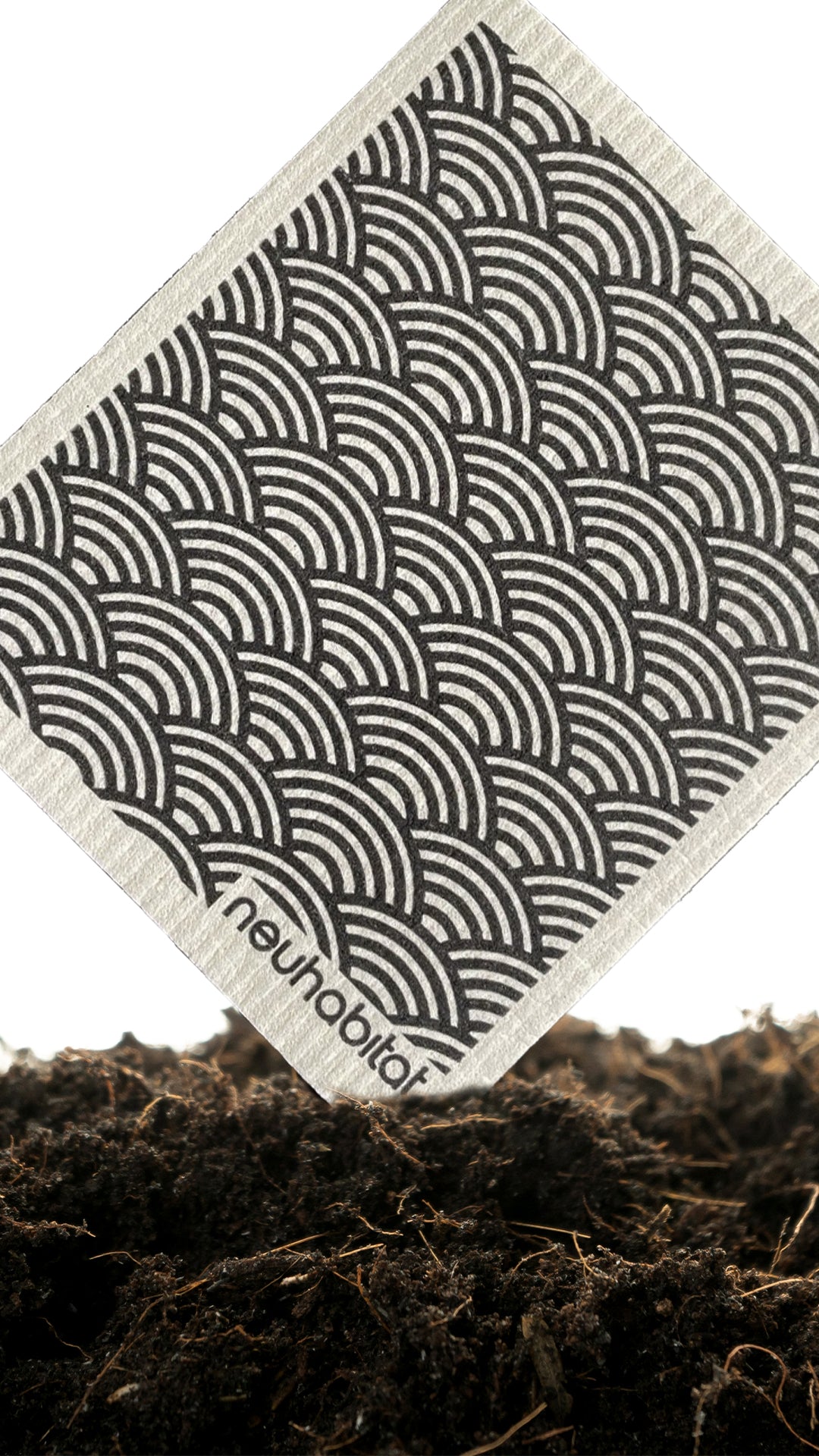
Additional characteristics of our sponge cloth.
Neuhabitat sponge cloths are better for our planet than paper towels and regular sponges. They greatly reduce the waste that goes together with paper towel packaging. Each sponge cloth is biodegradable and compostable, making them an eco-friendly alternative to traditional sponges which take years to break down.
Not to mention, the sponge cloths are 100% vegan friendly. All-natural wood pulp cellulose and cotton material do not contain any animal products, nor does the manufacturing process harm any animals.
Lastly, Neuhabitat sponge cloths are fast-drying, and bacteria have less opportunity to fester. This quick-drying feature is also the reason that the sponge cloths don’t develop bad smells like regular plastic kitchen sponges and even some dishcloths.
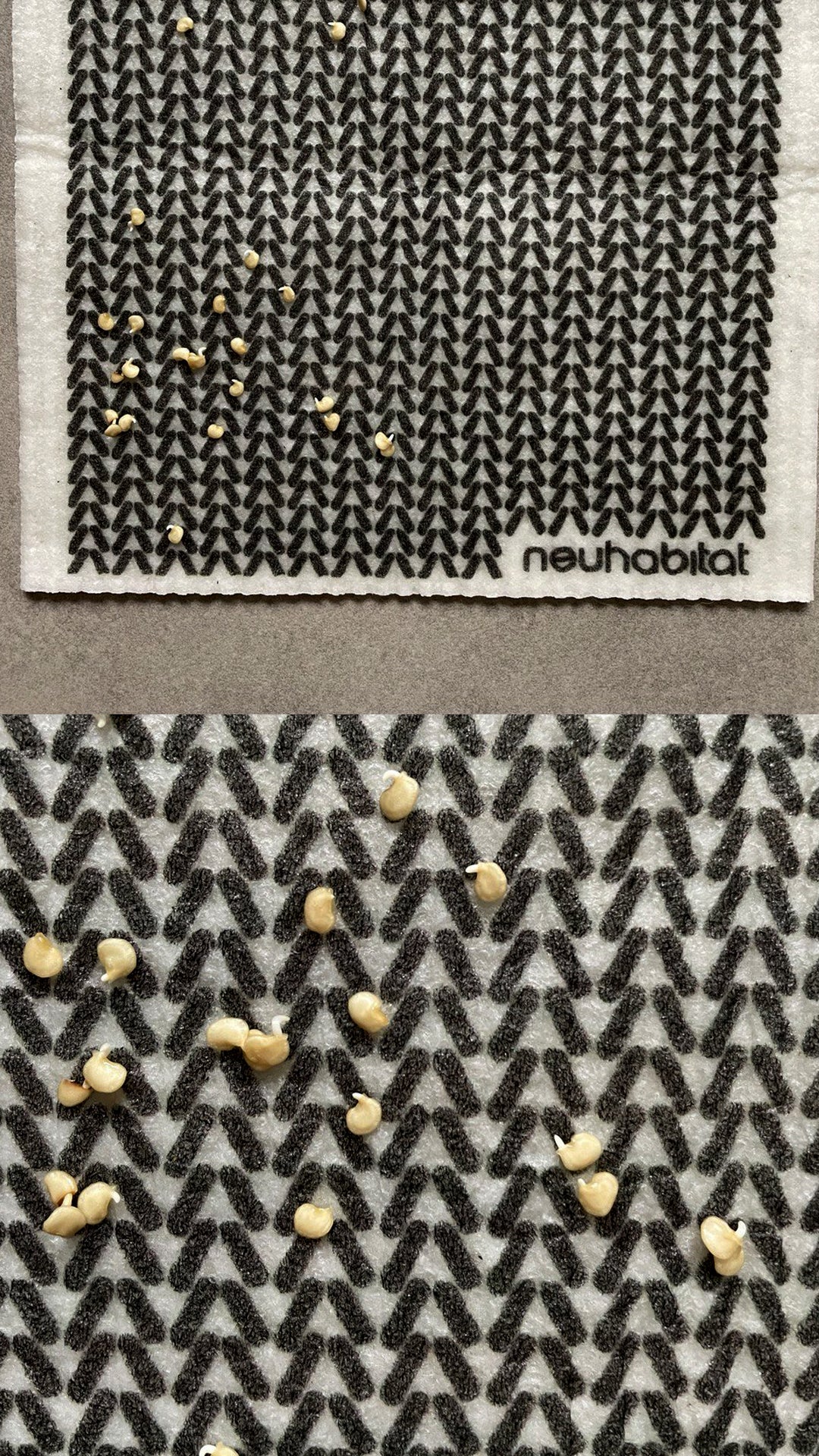
Beyond cleaning your home.
Apart from household cleaning, the sponge cloth material has also been utilized in the commercial and medical industry. The material has been used in interior architecture, where they provide effective sound insulation. While in the medical field, they are used to conduct electrical currents on human tissue.
In addition, our sponge cloth works well with cleaning cars, boats and even aircrafts. These versatile sponges can also be used to clean sports equipment.
One of the more amazing uses of our sponge cloth is its application in the horticultural environment. They are perfect for germinating seeds (see photo on the right) and can even be used to prevent good soil from leaking through the bottom of potted houseplants.
Lastly, we just discovered that using our sponge cloth to clean leather goods proves to be easier than a microfiber cloth. Not only does this method use less cleaning solution, the process also actually leaves a nice shine on the leather product.
Using less for more.
Our cleaning essentials do not leave an environmental trace. Made from the natural, renewable materials, they are biodegradable and compostable. The shift away from single-use cleaning products is a sustainable solution that provides a pathway to reducing landfill waste and addressing plastic pollution. Using less resources in our cleaning process in turn produces more benefits for your family and the environment.
Cleaning consciously starts here.


Swedish Dishcloth (Nihon Collection) Super Absorbent Multi-Purpose Cleaning White Sponge Cloth

Plant-Based Cleaning Aid
All the conscious cleaning tools you need for your home.






